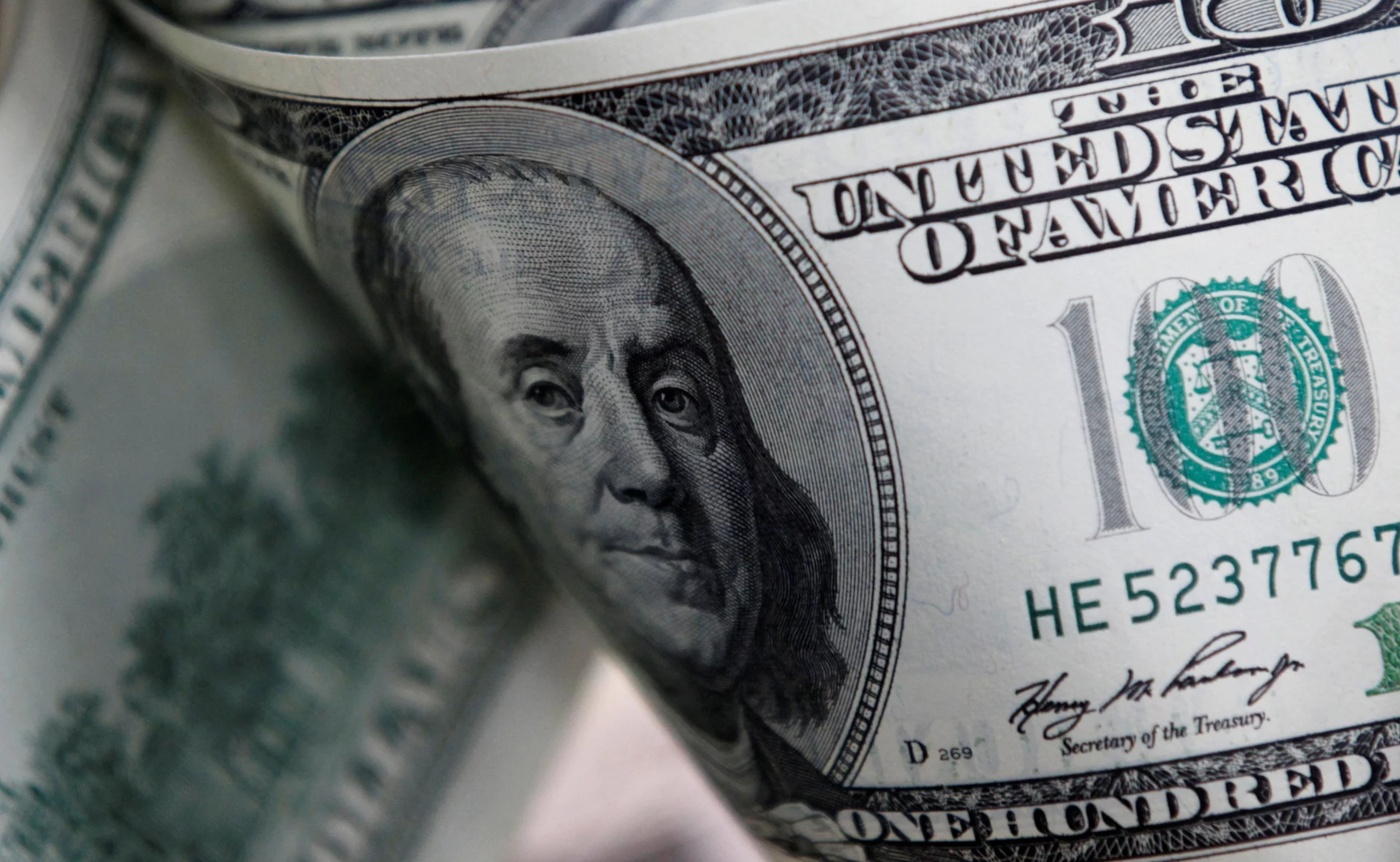As the sun rose on Thursday, the financial world watched closely as the U.S. dollar resumed its ascent, settling at R$5.25.
This modest increase signaled a continuing trend influenced by speculative insights into interest rates across the United States and Brazil.
Investors scrutinized every bit of data, dissecting the potential shifts that could impact their strategies.
In this financial narrative, statements from Roberto Campos Neto, President of Brazil’s Central Bank, have become central.
Similarly, comments from U.S. Federal Reserve officials, including John Williams, President of the Federal Reserve Bank of New York, are also focal points.

Williams’s remarks about the lack of urgency to cut interest rates underscored the robust state of the U.S. economy, propelling the dollar’s value upward.
Meanwhile, at a Washington event, Campos Neto addressed the complications arising from a strong dollar.
He highlighted Brazil’s strong external accounts and the Brazilian real’s floating nature, enhancing Brazil’s global economic stance.
The Central Bank’s data showed a net positive foreign exchange inflow of $1.278 billion for April.
This occurred despite $4.236 billion exiting financially, offset by $5.514 billion entering commercially.
U.S. Dollar Edges Upward, Influenced by Interest Rate Speculations
Market responses were immediate, with the commercial spot dollar climbing by 0.12% and the tourism dollar increasing by 0.55%.
Futures trading reflected similar sentiments, pushing the dollar up by 0.38% to 5.258 points.
Amid shifts, the Brazilian Central Bank managed currency fluctuations by auctioning 12,000 swap contracts for July 2024 maturities.
This financial episode occurs amid ongoing U.S. inflation and strong economic data, influencing expectations for Fed rate cuts.
Additionally, rising Middle East tensions have reinforced the dollar’s status as a safe asset, linking global events with financial markets.
This mix of economic and political factors highlights the dollar’s resilience amid global uncertainties.

